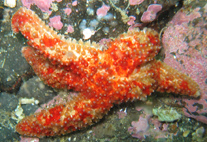Abstract
We report on a new specimen of Longipteryx chaoyangensis from the Lower Cretaceous Yixian Formation in Chaoyang, Liaoning Province, China. The new material preserves previously unknown tooth crenulations. This is the first recognized tooth crenulations within Aves. It not only provides new information regarding the anatomy of the Longipteryx, but also sheds new light on the trophic specialization of this genus and even this family. It was discovered from the Yixian Formation, which is older than the Longipteryx chaoyangensis bearing-Jiufotang Formation. This new discovery also expands the known stratigraphic range of Longipteryx.

